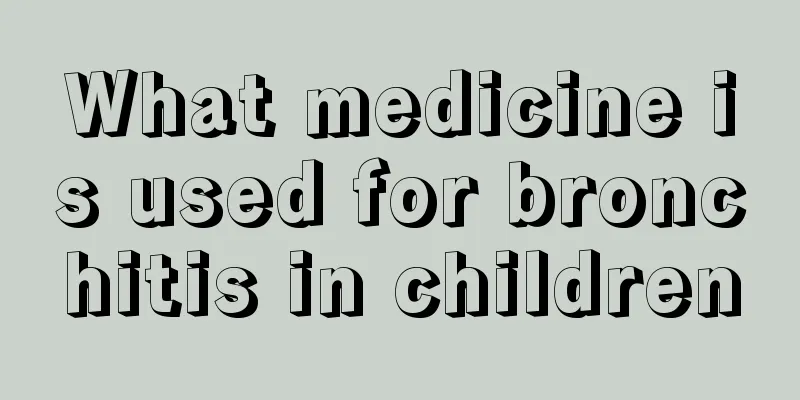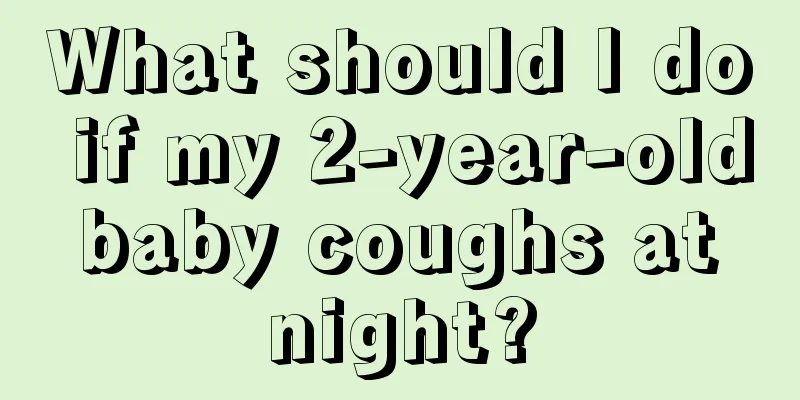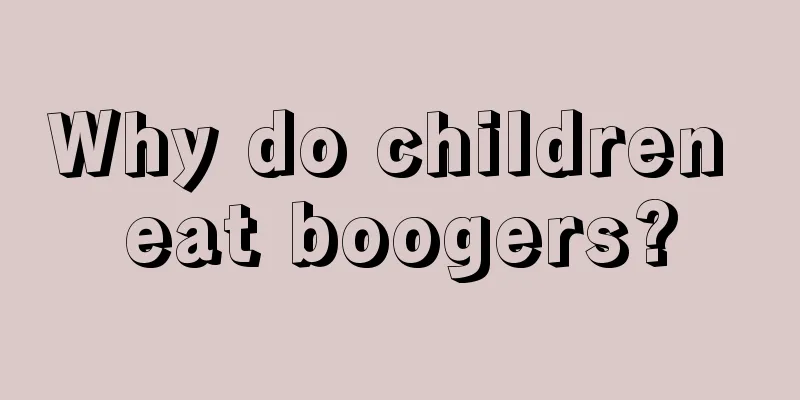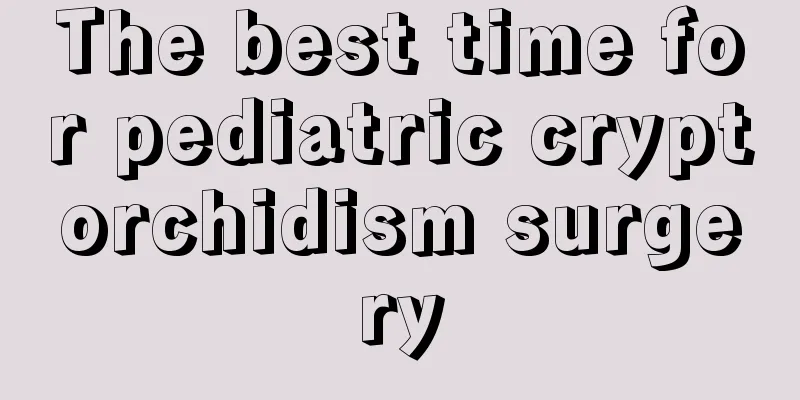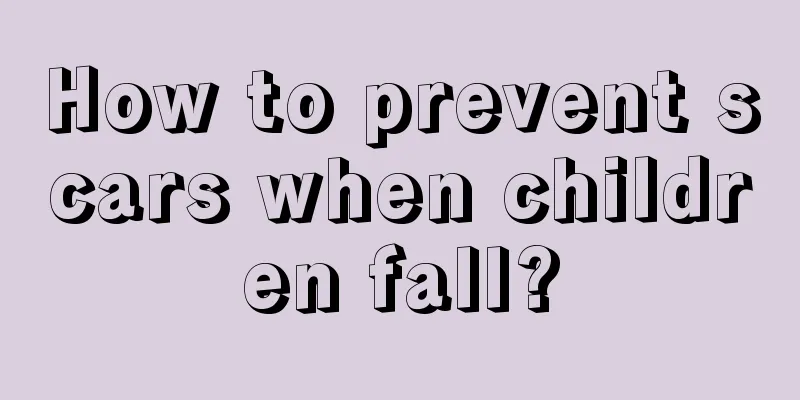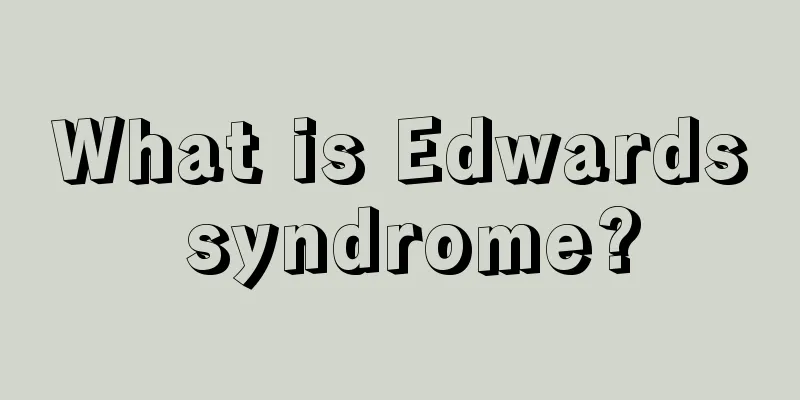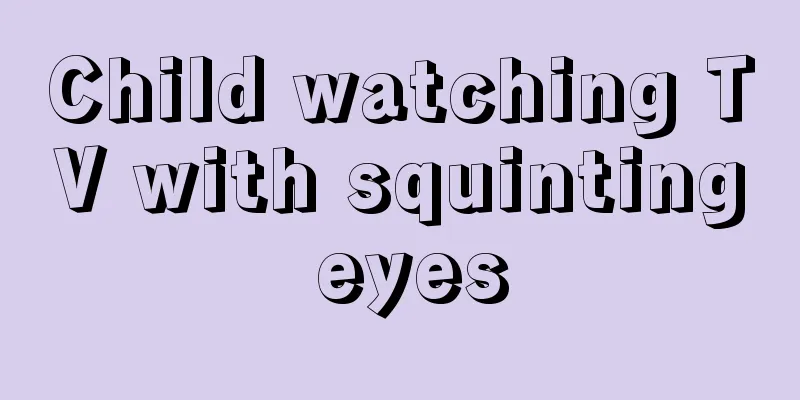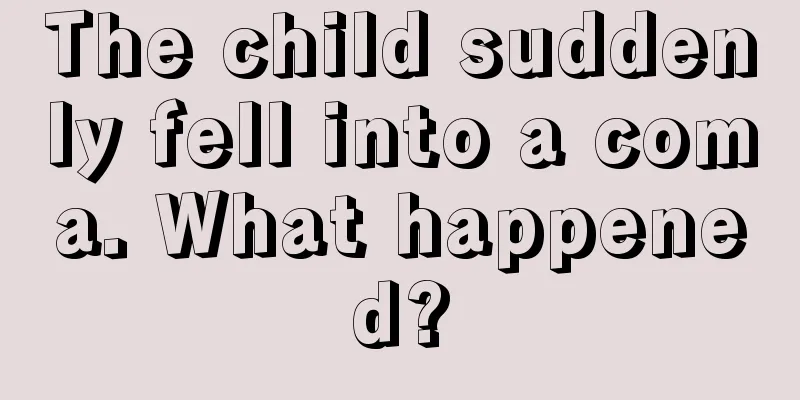What causes fever and convulsions in children?
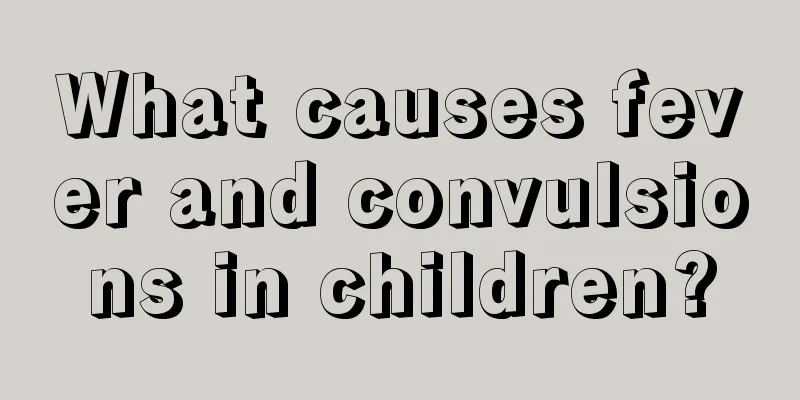
|
It is quite common for children to have fever in daily life, but some children may suffer convulsions due to persistent high fever. Families should still pay attention to this problem, because convulsions are easy to recur. If the condition worsens, it will only add more hidden dangers to the health and safety of children, and the consequences are disastrous. So what are the causes of children's fever and convulsions? Children's fever and convulsions are medically called "febrile convulsions". This is mainly due to the imperfect development of the nervous system of infants and young children, such as poor inhibitory function of the cerebral cortex and incomplete formation of the nerve myelin sheath. Once stimulated by external stimuli, excitement can easily spread and cause convulsions. Generally speaking, infants and young children between 6 months and 4 years old, especially those who often catch colds and fevers, are more likely to suffer from febrile convulsions. Convulsions usually occur when the baby has a high fever, such as a body temperature of 39℃-40℃, and last for a relatively short time, about 2-3 minutes, and generally do not exceed 10 minutes. After the convulsion stopped, the child woke up. Clinically, children's fever convulsions (febrile seizures) are divided into simple febrile seizures and complex febrile seizures. Among them, simple febrile convulsions are more common in children with good physical constitution between 6 months and 3 years old after birth. The convulsions are systemic, lasting from a few seconds to a few minutes, generally not more than 10 minutes, and only occur once a day. The child woke up quickly after the convulsion and became drowsy after regaining consciousness, but there was no abnormality in the nervous system. The EEG results were normal within two weeks of the convulsion. Complex febrile seizures are more common in children under six months old or over four years old. They occur multiple times a day, lasting more than 15 minutes, and there have been more than four febrile seizures. A small number of people have non-systemic seizures, but partial seizures (such as unilateral limb convulsions). After the attack, there are neurological abnormalities such as temporary paralysis. If the baby's convulsions last for more than 5 minutes and cannot be relieved, or if the convulsions occur repeatedly in a short period of time, it indicates that the condition is serious and the baby must be rushed to the hospital. During the medical consultation, keep your baby exposed and straighten his neck to keep his airway open. Do not wrap your baby too tightly as this may block the mouth and nose, causing airway obstruction or even suffocation and death. Through the above introduction, everyone is clear about the causes of children's fever and convulsions. It is still necessary to detect the disease in time after it occurs. The existence of the disease cannot be ignored. In addition, we must have a comprehensive understanding of the child's health status and even the severity of the disease in order to better cooperate with the doctor and implement diagnosis, treatment and prevention measures. |
<<: Which department should children with fever and convulsions go to?
>>: What should I do if my child has a fever, convulsions and rolls his eyes?
Recommend
How do anal polyps form?
Anal polyps are lumps that grow on the anal canal...
Can children's rhinitis be effectively treated with medicine?
In daily life, we often find that children's ...
How to care for and maintain children with bronchial pneumonia?
Recently, many mothers have said that they are ve...
Why does my baby poop contain foam?
Problems are likely to occur when babies are a fe...
What to do if a baby has diarrhea in March
Some parents want to know that three-month-old ba...
Do you know the causes of myopia in children?
Nowadays, more and more people are myopic, and ma...
What are the reasons why babies leak milk from their noses?
With a baby, the whole family is happy. Becoming ...
Is nebulization good for babies?
People should be familiar with nebulization. It i...
What causes cross-eyes in children?
Children's crossed eyes are what we usually c...
What are the symptoms of teething in babies?
Nowadays, many parents are relatively young and h...
There are white bumps on the baby's glans
Some parents found white bumps on their baby'...
How to treat children's dysphoria
Children's genitals are a very common childho...
Can babies eat broccoli?
When the baby is about six months old, you can gr...
What should I do if my child doesn’t pay attention in class?
All parents hope that their children will do well...
Newborn baby nose collapse
Many parents will find that their children have a...
